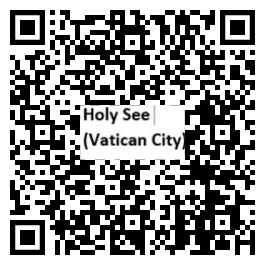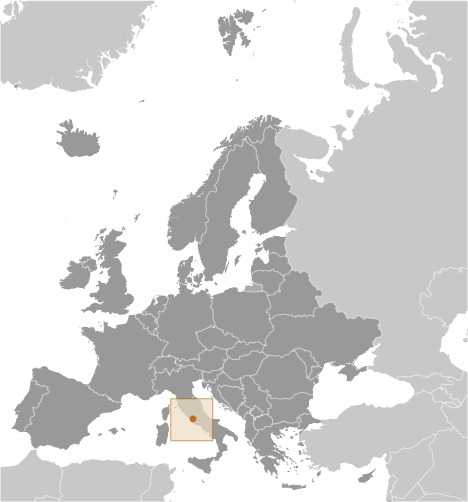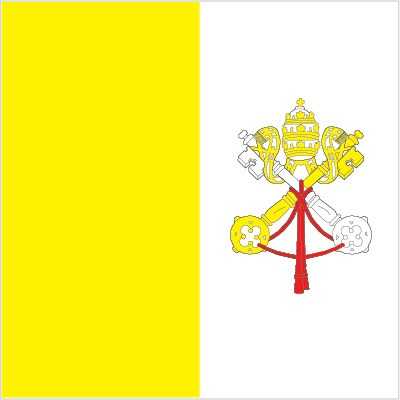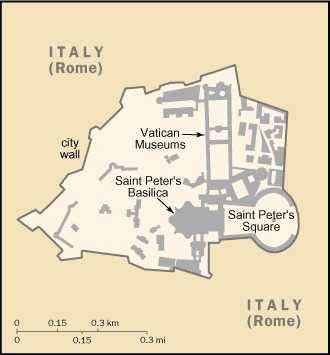Introduction
Background
Popes in their secular role ruled portions of the Italian peninsula for more than a thousand years until the mid-19th century, when the newly established Kingdom of Italy seized many of the Papal States. In 1870, the pope's holdings were further circumscribed when Rome itself was annexed.
Geography
Area
total : 0 sq km
land: 0.44 sq km
water: 0 sq km
Climate
temperate; mild, rainy winters (September to May) with hot, dry summers (May to September)
Natural resources
none
People and Society
Population
total: 1,000 (2022 est.)
Ethnic groups
Italian, Swiss, Argentinian, and other nationalities from around the world (2017)
Languages
Italian, Latin, French, various other languages
Religions
Roman Catholic
Population growth rate
0% (2014 est.)
Government
Government type
ecclesiastical elective monarchy; self-described as an "absolute monarchy"
Capital
name: Vatican City
Executive branch
chief of state: Pope FRANCIS (since 13 March 2013)
head of government: President of the Pontifical Commission for the State of Vatican City and President of the Governorate of the Vatican City State Fernando VERGEZ ALZAGA (since 1 October 2021)
Legislative branch
description: unicameral Pontifical Commission for the State of Vatican City or Pontificia Commissione per lo Stato della Citta del Vaticano (7 seats; the president of the Governorate of Vatican City State and 6 cardinals appointed by the pope to serve 5-year terms)
Economy
Economic overview
limited, tourism-based economy; euro user but issues commemorative stamps and coins; solar energy producer; some printing industry to support museums and religious needs
Industries
printing; production of coins, medals, postage stamps; mosaics, staff uniforms; worldwide banking and financial activities
Exchange rates
euros (EUR) per US dollar -
Page last updated: Wednesday, July 24, 2024



